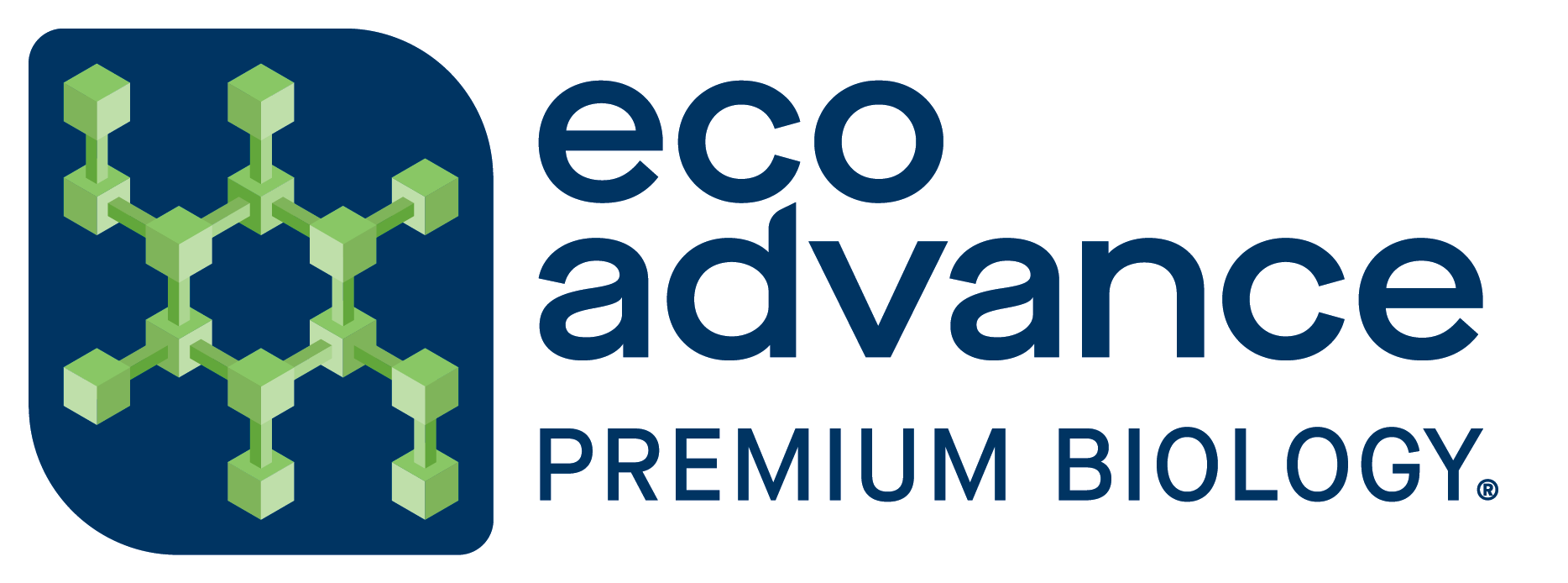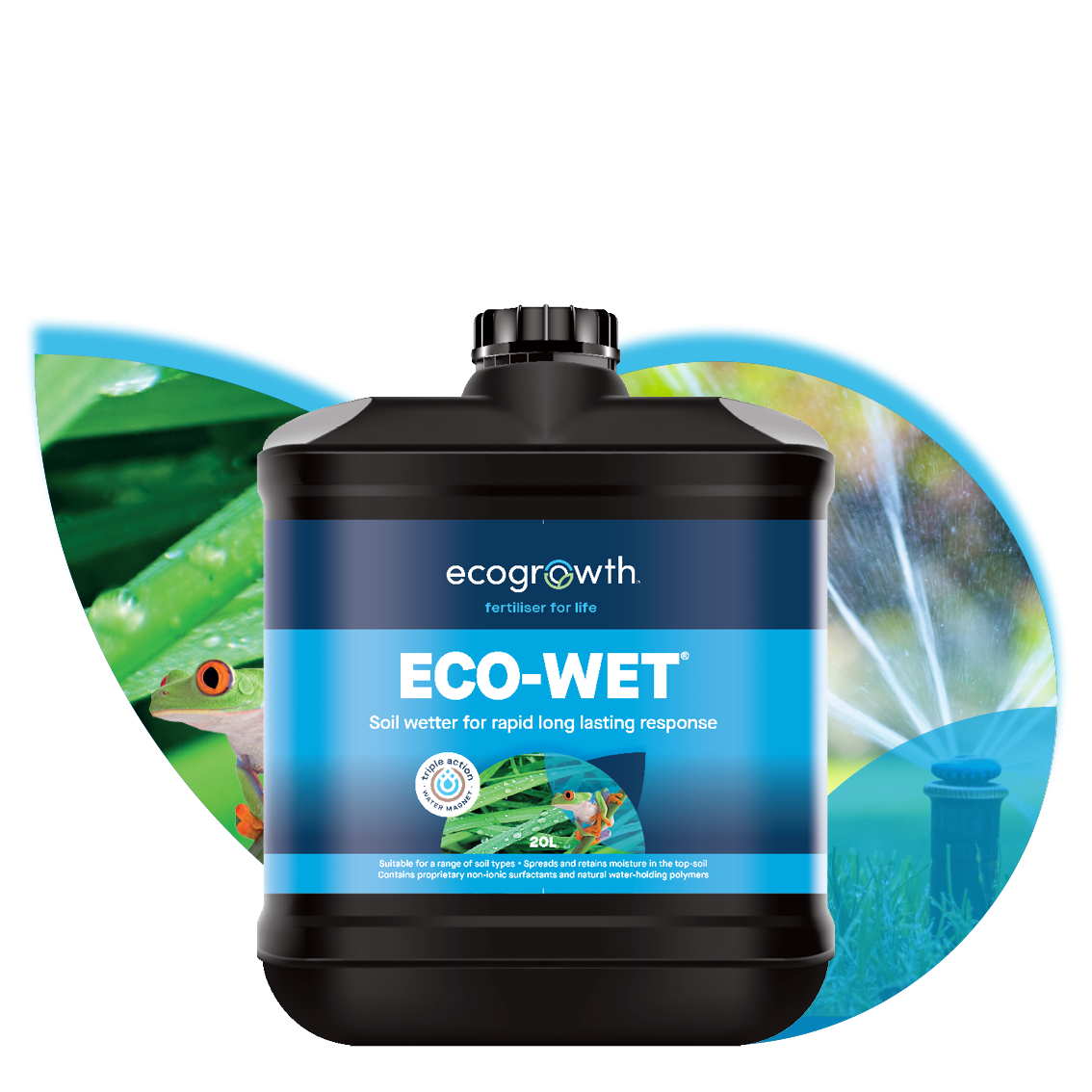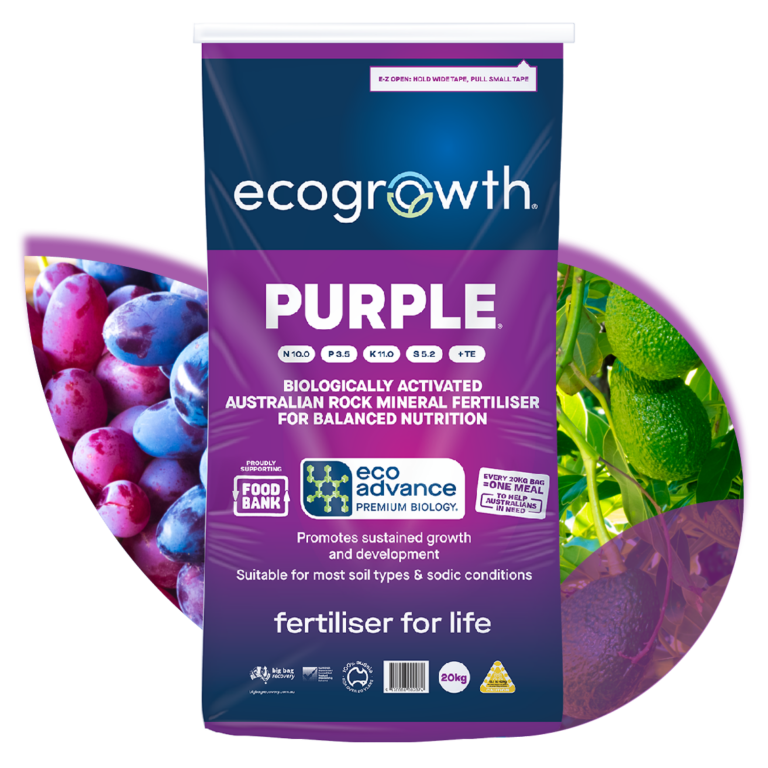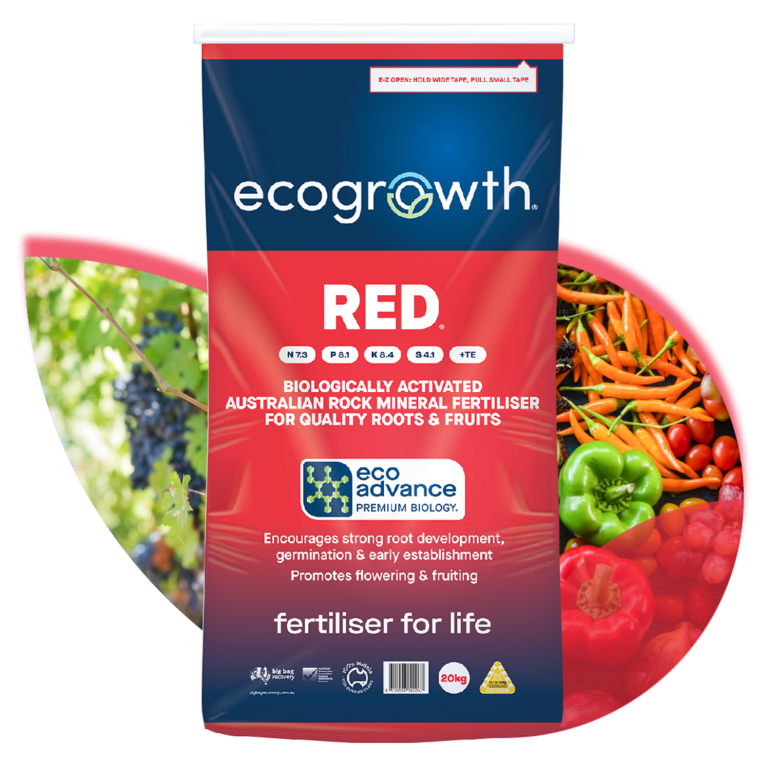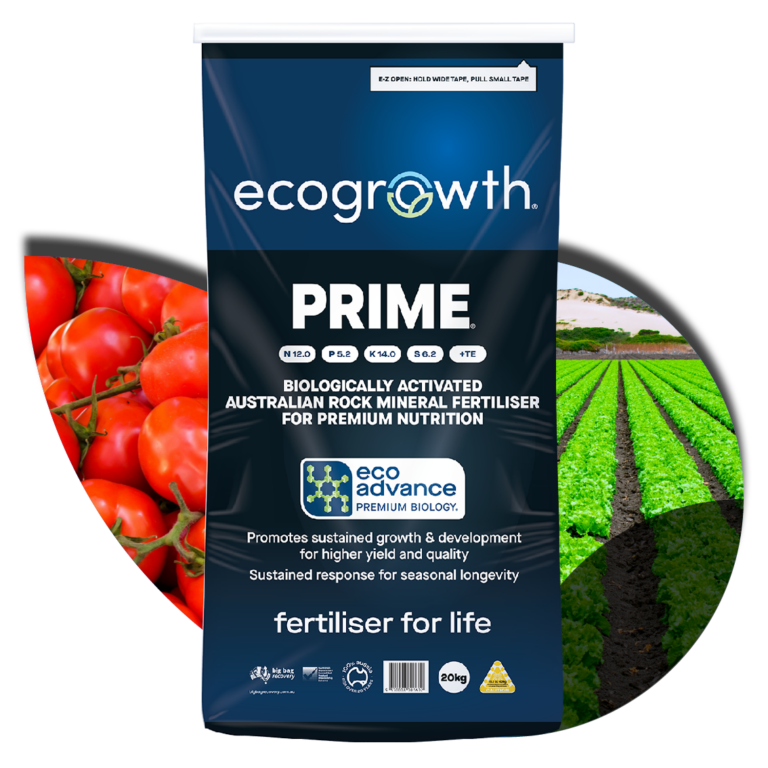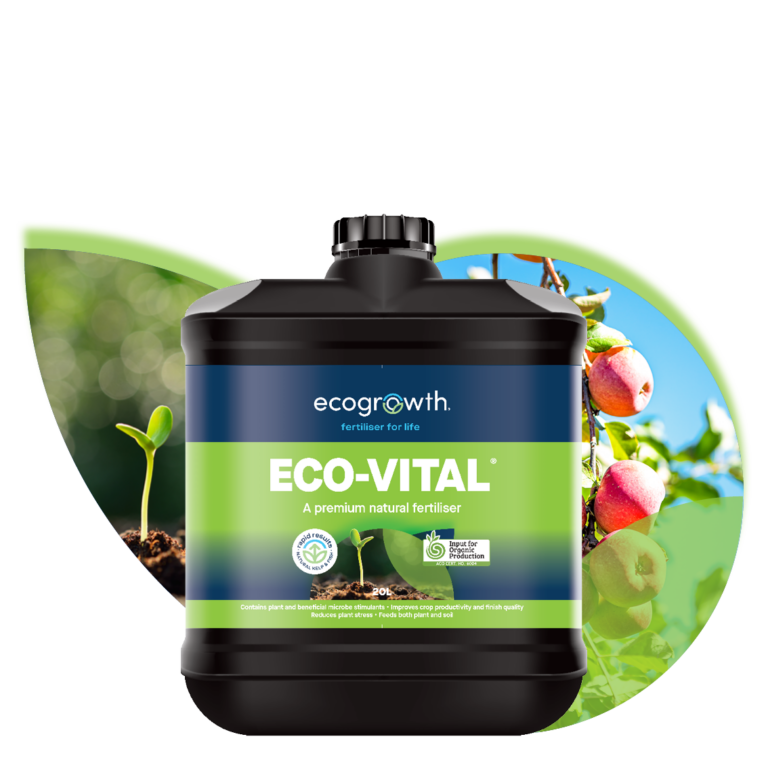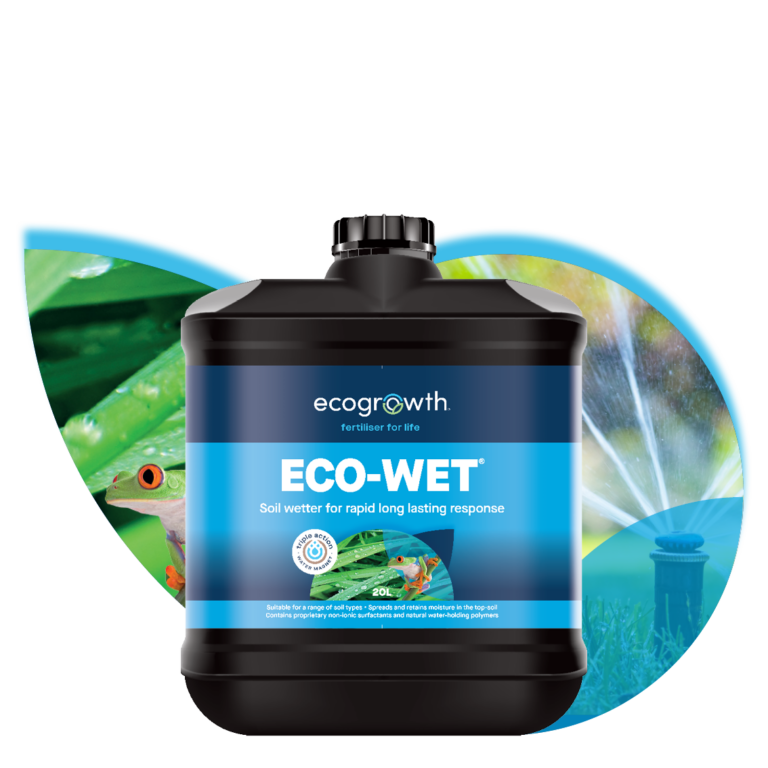
TECHNICAL ARTICLE
Silicon and its role as a stress mitigant nutrient
In this article, several useful characteristics of silicon in agriculture are discussed.
These include:
- Root and cell strength and protection against pests, diseases, and environmental stresses
- Aluminium (Al), Phosphorus (P), Nitrate (NO3), and Manganese (Mn) relationships with Silicon.
- Increasing Brix and enhanced ripening of fruit
- Plant salt tolerance
Agricultural Silicon can exist in many forms from water soluble liquids to granular forms. Once mobilised in the plant, Silicon tends to universally be referred to as silicic acid (Si(OH)4)1. This should not be confused with Silicon Dioxide or aluminosilicates, which may form a high proportion of soil media but are not plant available.
Silicon has been the subject of much agricultural research, with plants, such as rice, sugarcane and cucurbits accumulating as much as 10mg/g of silica in dry tissue. While not an ‘essential nutrient’, because plants can grow quite well without Silicon, it has been found that it confers significant benefits to plant growth, leading to its status as a ‘beneficial nutrient’.
Silicon is absorbed by plants in the form of Silicic acid (Si(OH)4) and is readily moved up the plant via the transpiration stream to sites of strong evapotranspiration where it accumulates in the extracellular spaces and in the walls of epidermal cells. Once accumulated, silicic acid is no longer mobile in the plant, however, provides significant physical strength to plant structure1.
This leads to the question, what further benefits does the plant get from accumulating Silicon?
Researchers involved with Avocado production have pursued Silicon after early trials in plants, such as Peas led to enhanced cell strength and increased production of defence proteins (chitinase and glucanase).
Silicon typically exhibits as a physical barrier around plant cells. For example, in greenhouse experiments, accumulation in dried tissue has been reported at 30% in roots, with a less consistent 7-18% found in dried leaves (in some cases lower than untreated controls)2. This highlights some of the confusion surrounding the use of Silicon products.
Plants behave differently depending on their requirement (i.e. if sufficient Silicon is already available in the environment), and the mode of action being sought in relation to the type of application being considered. Experiments have ranged from direct trunk injections to foliar sprays and root drenches, with often variable outcomes. The reasons for this variability are still being examined, however, the following paragraphs will give some context as to how silicon functions in the plant and soil.
Silicon – Aluminium interaction:
It is an Ecogrowth observation, that Avocados grown in otherwise free-draining soil, with apparently uniform Phytophthora cinnamomi (Pc) exposure appeared more susceptible when 0-100mm soil tests recorded high levels of Exchangeable Aluminium.
Aluminium (Al) toxicity is a major constraint for crop production around the world. Aluminium in the form of Al3+ enters the root tip cell, causing toxicity and ceasing development of the plant. Aluminium exposure causes inhibition of cell elongation and division, leading to root stunting accompanied by reduced water and nutrient uptake3.
Long term published fertiliser experiments have provided insight into the behaviour of plant available Silicon which tends to occur best in the presence of low Aluminium. An increase in the content of exchangeable Aluminium in the soil causes a substantial decrease in available silicon.
Interestingly observations within the study included an increase in the content of available phosphorus in the presence of applied Silicon. However, this complementary Phosphorus – Silicon relationship was not found to be dependent on soil pH (regression lines were parallel) suggesting a mutual synergy. It was also observed that under the influence of Nitrogen fertilisation, the content of available silicon in the soil decreased by more than 16%4.
Evidence from aluminium-sensitive maize trials in Germany has helped our understanding of the interaction between Silicon and Aluminium a little further, with the determination that Silicon treatments lead to the formation of hydroxy-aluminium silicates inside the root structure. This immobilised the Aluminium, effectively detoxifying it5.
These tendencies perhaps explain why Avocados treated with a silica-rich program, seem to develop larger root systems and hold conditions longer in the presence of increased Phytophthora cinnamomi pressure6. Whereas it was observed that trees treated in the same high Aluminium location, with high Nitrate Nitrogen and limited Silicon availability lose conditions under high Phytophthora cinnamomi pressure (and high exchangeable Aluminium conditions).
Another interesting relationship that has been discovered is a significantly higher concentration of Manganese in the flesh of the avocado fruit from Silicon injected trees. This may have contributed to less disease as Manganese is an important cofactor in the synthesis of phenols and lignin, which are necessary for plant defence. Manganese also inhibits the activity of pectolytic enzymes produced by fungi. Silicon does not affect the absorption and translocation of Manganese but may have a regulatory effect, redistributing Manganese in plants and preventing localised accumulation 1,2.
Increasing Brix and enhanced ripening of fruit:
Late varieties of grapes can be difficult to ripen when conditions are cool. Increased rain can also lead to the splitting of fruit. Potassium and Silicon applications have been found to rapidly lift brix levels with one to two applications, with earlier applications also increasing berry skin quality, reducing splitting and associated problems. Similarly, research in Sugar Cane with foliar applications of orthosilicic acid (also known as silicic acid) shows increases of up to 4.6% in Commercial Cane Sucrose (CCS) content7.
Plant salt tolerance:
Silicon is another tool for managing the effects of salt, especially when used in conjunction with Calcium and Potassium.
Silicon has been explored in Wheat for this purpose, where it was found that: “Silicon may alleviate salt stress in wheat by decreasing the permeability of plasma membranes to Sodium (Na) while maintaining integrity with respect to Potassium and Calcium. Sodium transportation into roots and shoots was modestly reduced by added silicate under salt stress conditions, but shoot Potassium and Calcium concentrations in salt-stressed plants were very significantly enhanced by added Silicon8”.
It is also suggested that applying Silicon with Humate can not only enhance uptake but also improve the buffering of salt and activation of Calcium/retention of Potassium in soils.
Silicon is an important tool with many uses. The key point of this article is to illustrate some of the situations where Silicon may have a particular use.
The key is matching the tool to the job. As demonstrated, Silicon can aid in the availability, or the suppression of various nutrients, from Phosphorus to sodium. If used correctly, the subsequent increase in plant health and condition can result in significant benefits and be used to enhance and possibly reduce the use of other methods of increasing plant productivity.
Soil and leaf testing
Ecogrowth has a laboratory dedicated to the complete analysis of soil and leaf samples, with the ability to design and custom blend granular and liquid fertilisers in Australia to meet individual soil and crop needs. Ecogrowth ACO Certified Organic Fertiliser Blends are also available if required.
References:
1 Jay Anderson, Ken Pegg, Lindy Coates, Liz Dann, Tony Cooke, Luke Smith and Jay Dean. 2004. “Silicon and disease management in avocados.” Fruit Pathology Team, Horticulture and Forestry Science, Department of Primary Industries and Fisheries, Queensland. Talking Avocados 15: 23-25
2 Elizabeth K. Dann, & Duy P. Lee. 2017. “Effect of Silicon Amendments on Soilborne and Fruit Diseases of Avocado.” 2017, Plant. MDPI, Basel Switzerland,
https://doi.org/10.3390/plants6040051
3 Panda SK, Baluska F, Matsumoto H. 2009. “Aluminum stress signalling in plants.” Plant Signal Behav. 2009;4(7):592–597. doi:10.4161/psb.4.7.8903
4 Wieslaw Szulc, Beata Rutkowska, Michael Hoch, Dominik Ptasinski & Witold Kazberuk. 2019. “Plant available silicon in differentiated fertilising conditions.” Plant, Soil and Environment,
https://doi.org/10.17221/99/2019-PSE
5 Yunxia Wang, Angelika Stass, and Walter J. Horst. 2004. “Apoplastic Binding of Aluminium is involved in Silicon-Induced amelioration of Aluminium toxicity in Maize.” Plant Physiology. November 2004, Vol. 136 pp. 3762-3770. American Society of Plant Biologists.
www.plantphysiol.org.
6 T. Bekker, N. Labuschagne, T. Aveling and C, Kaiser. 2007. “Inhibition of Phytophthora Root Rot of Avocado with Potassium Silicate application.” Proceedings VI World Avocado Congress (Actas VI Congreso Mundial del Aguacate) 2007. Viña Del Mar, Chile. 12 – 16 Nov. 2007. ISBN No 978-956-17-0413-8.
7 Sushil Solomon, Neeru Jain, Aziz Chaab, Hassan Hamdi and Dirk Vanden Berghe. 2016. “Improvement of the sucrose content of early harvested sugarcane using stabilised orthosilicic acid.” International Society of Sugar Cane Technologists, Volume 29, 2016
8 A. Levent Tuna, Cengiz Kayab, David Higgs, Bernardo Murillo-Amador, Salih Aydemir, Ali R. Girgin. 2008. “Silicon Improves Salinity Tolerance in Wheat Plants.” Environmental and Experimental Botany. January 2008 DOI: 10.1016/j.envexpbot.2007.06.006
Related products
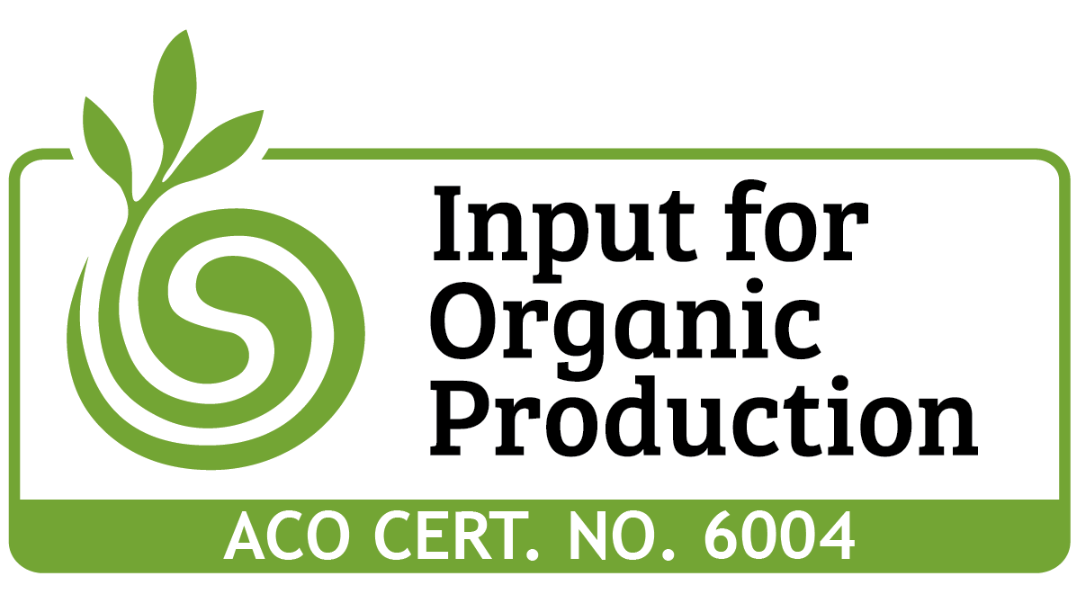
Eco-Vital®
A premium natural kelp and fish fertiliser with plant extracts that delivers rapid results.
